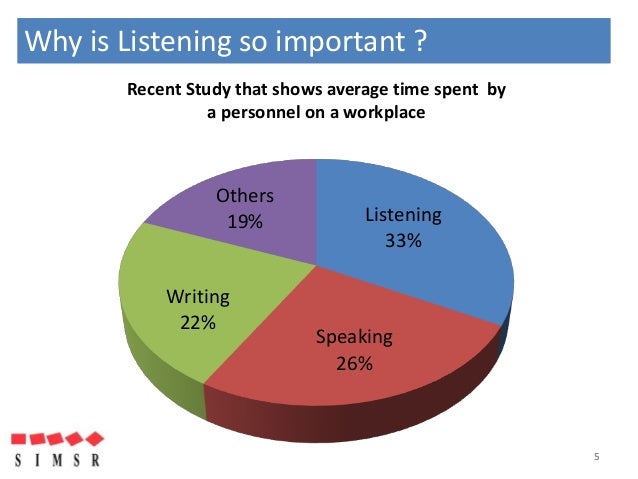Today in class Erin and Kyle presented on the topic of
organizational meetings and how they are structured. This is a very relevant
topic that I am glad they presented on because it allowed me to gain a lot of
informative knowledge on the topic. As I go into my internship this summer I know
that I will be attending organizational meetings which will definitely be a new
experience, so there topic allowed me to get a sense of what to expect in the
future. They presented us with a lot of examples as what not to do in a meeting
which was very helpful and I will definitely remember these things as I begin
attending formal organizational meetings.
There are many different types of business meetings
that can occur in an organization. Some of the most common types are
informational, motivational, decision-making, and creative.
An informational meeting is pretty straightforward, in
that its objective is to introduce new and important information to employees. However
it must be information that cannot just be easily understood in an email or
presentation that is sent out to all employees. Informational meetings are
important because it allows for employees to ask any questions they have about
the information immediately. This is an important aspect because if one person
has a question it is more than likely that other people may have the same
question regarding the information.
A motivational meeting is designed to gain commitment from
employees on a certain project and inspire them to succeed. These types of
meetings are used when a big project is coming up or when some sort of change
is going to occur within the organization that may be difficult to adapt to. In
order to motivate employees it is important that the leader or facilitator of
the meeting has the ability to appeal to the employees on an emotional level. It
is also important to let the employees speak their minds in these types of
meetings, this shows to them that they have been heard and that their opinion
actually matters.
A decision-making meeting is used in order to solve a
problem and make a decision regarding the problem. In these types of meetings
it is very important that the participants of the meeting are informed about
the problem beforehand, which allows them to come to the meetings with ideas. Once
a decision has been made everybody should agree on the decision and have a plan
for going forward with the decision. Short-term and long-term planning for the
organization or department fall under the category of decision-making meetings.
A creative meeting is used to generate a significant
number of original ideas, as well as finding a best idea. Research has shown
that group brainstorming is not the most effective means for generating the greatest
number of original ideas, which is due to the fact that not everyone can think
well on the spot or as a group. These creative meetings are the most successful
when participants are given time to brainstorm on their own. This allows them
to generate better ideas as well as defend their ideas.
